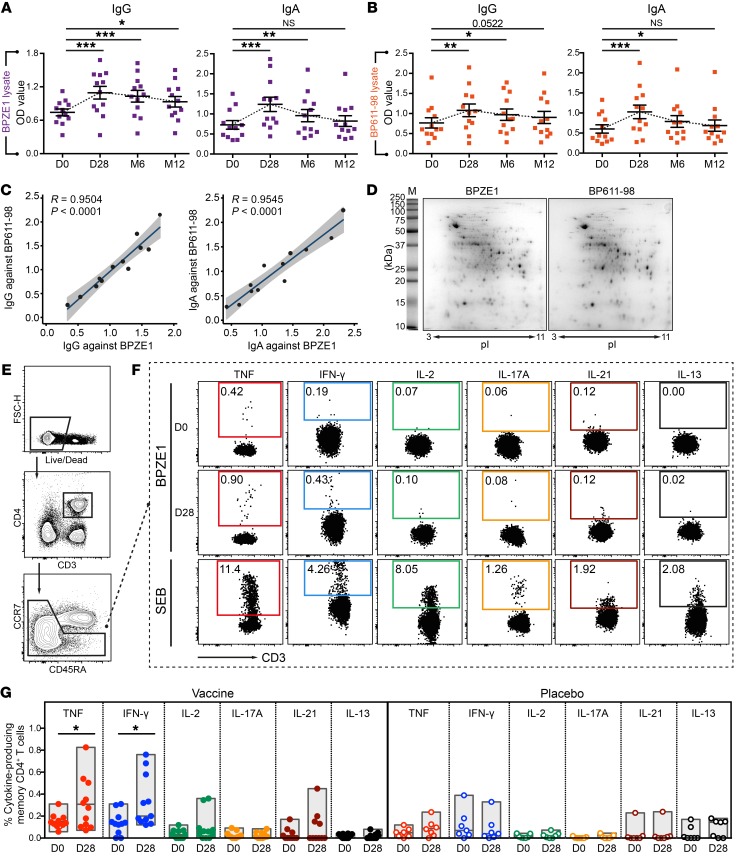Figure 2. BPZE1 vaccination induced robust antibody titers and Th1–biased CD4+ T cell responses.
(A and B) Antibody responses directed against BPZE1 or BP611-98 lysates in BPZE1 vaccinees (n = 12) at different time points after vaccination. Wilcoxon matched-pairs signed-rank test was used. (C) Correlation of IgG or IgA responses directed against BPZE1 lysates with that directed against B611-98 lysates. Pearson’s correlation analysis was used. (D) Protein fingerprints of BPZE1 and BP611-98 by 2D PAGE. Gels were stained with colloidal Coomassie Brilliant Blue (CBB) G-250. Four independent experiments were performed and one representative gel is shown. (E) Representative gating of CD4+ memory T cell populations. (F) PBMCs collected before and at 28 days after vaccination from BPZE1 vaccinees (n = 11) or placebo subjects (n = 7) were stimulated with heat-inactivated BPZE1 (bacteria/cell ratio = 10:1). Cells treated with Staphylococcus enterotoxin B were used as a positive control. Levels of the indicated cytokine–producing memory CD4+ T cells were analyzed. Data from one representative donor are shown. (G) Quantification of cytokine-producing CD4+ memory T cells following heat–inactivated BPZE1 stimulation in BPZE1 vaccinees (n = 11) and placebo subjects (n = 7). Negative control (PBS) values were subtracted. Two-tailed paired t test was used. *P ≤ 0.05, **P ≤ 0.01, ***P ≤ 0.001.

